Superfamily Booidea Higher classification Alethinophidia | Scientific name Boidae | |
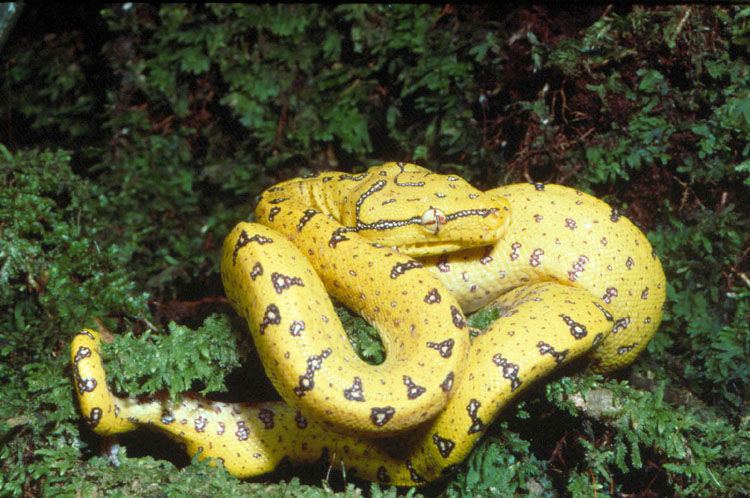 | ||
Lower classifications Boa constrictor, Anaconda, Rainbow boa, Emerald tree boa, Old World Sand Boas | ||
Snake boa constrictor jiboia constritora boidae reptile
Boidae (Common names: boas, boids, boioids) is a family of nonvenomous snakes found in America, Africa, Madagascar, Europe, Asia, and some Pacific Islands. Relatively primitive snakes, adults are medium to large in size, with females usually larger than the males. Five subfamilies, comprising 12 genera and 49 species, are currently recognized.
Contents
- Snake boa constrictor jiboia constritora boidae reptile
- Boa constrictor snake jiboia constritora boidae reptile
- Description
- Common names
- Geographic range
- Feeding
- Reproduction
- Subfamilies
- Taxonomy
- References
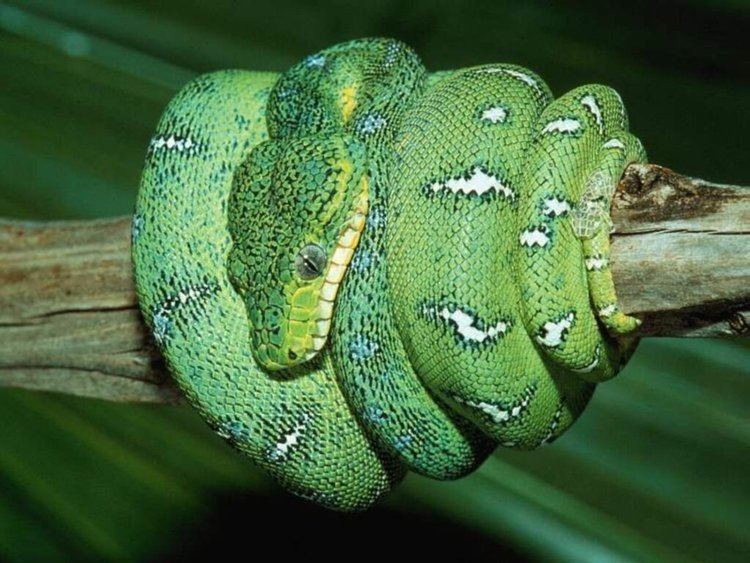
Boa constrictor snake jiboia constritora boidae reptile
Description
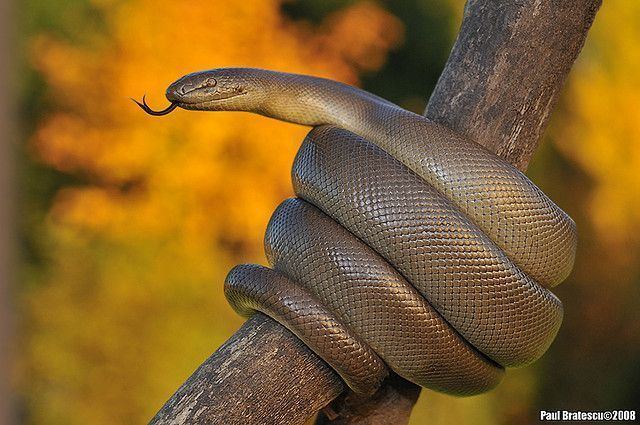
Like the pythons, boas have elongated supratemporal bones. The quadrate bones are also elongated, but not as much, while both are capable of moving freely so when they swing sideways to their maximum extent, the distance between the hinges of the lower jaw is greatly increased.
Both families share a number of primitive characteristics. Nearly all have a relatively rigid lower jaw with a coronoid element, as well as a vestigial pelvic girdle with hind limbs that are partially visible as a pair of spurs, one on either side of the vent. In males, these anal spurs are larger and more conspicuous than in females. A long row of palatal teeth is present, and most species have a functional left lung that can be up to 75% as large as the right lung.
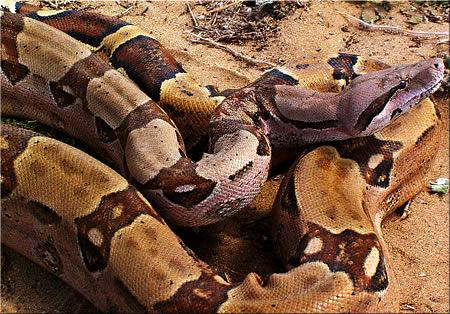
Boids are, however, distinguished from the pythons in that none has postfrontal bones or premaxillary teeth, and that they give birth to live young. When labial pits are present, these are located between the scales as opposed to on them. Also, their geographical distributions are almost entirely mutually exclusive. In the few areas where they do coexist, the tendency is for them to occupy different habitats.
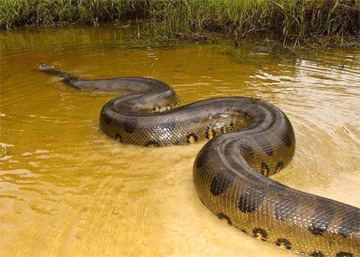
Formerly, boas were said to be found in the New World and pythons in the Old World. While this is true of boine boas, other boid species are present in Africa, much of southern Eurasia, Madagascar, New Guinea, and the Solomon Islands, so this is not accurate. However, they seem more abundant in evolutionarily isolated areas. South America was isolated until a few million years ago, with a fauna that included marsupials and other distinctive mammals. With the formation of the Panamanian land bridge to North America about three million years ago, boines have migrated north as colubrids (and various Nearctic mammals) have migrated south, as part of the Great American Interchange.
Common names
The Old Tupi name for such snakes was mbói, which figures in the etymology of names such as jibóia and boitatá (the Brazilian name for the mythical giant anaconda).
Geographic range
They are found in North, Central and South America, the Caribbean, southeastern Europe and Asia Minor, Northern, Central and East Africa, Madagascar, the Arabian Peninsula, Central and southwestern Asia, India and Sri Lanka, the Moluccas, and New Guinea through to Melanesia and Samoa.
Feeding
Prey is killed by constriction; after an animal has been grasped to restrain it, a number of coils are hastily wrapped around it. Then, by applying and maintaining sufficient pressure, the snake prevents its prey from inhaling, so that it eventually succumbs to asphyxiation. Recently, the pressures produced during constriction have been suggested as the cause of cardiac arrest by interfering with blood flow, but this hypothesis has not yet been confirmed.
Larger specimens usually eat animals about the size of a house cat, but larger food items are not unknown: the diet of the common anaconda, Eunectes murinus, is known to include subadult tapirs. Prey is swallowed whole, and may take several days or even weeks to fully digest. Despite their intimidating size and muscular power, they are generally not dangerous to humans.
Contrary to popular belief, even the larger species do not crush their prey to death; in fact, prey is not even noticeably deformed before it is swallowed. The speed with which the coils are applied is impressive and the force they exert may be significant, but death is caused by suffocation, with the victim not being able to move its ribs to breathe while it is being constricted.
Reproduction
Most species are viviparous, with females giving birth to live young. This is in contrast to the pythons, which all lay eggs (oviparous).
Subfamilies
Type genus = Boa - Gray, 1825
Taxonomy
Pythons were sometimes classified as a subfamily of Boidae, the Pythoninae, but are in this case listed under their own family, the Pythonidae. In the same way, the Old World sand boas, the Erycinae, are also frequently listed under their own family, the Erycidae. Additionally, morphological studies place the subfamily Ungaliophiinae in Tropidophiidae, whereas all molecular analyses place them as sister group of Charina-Lichanura clade, within Boidae.
